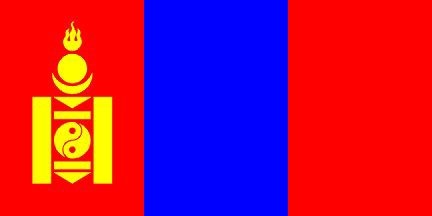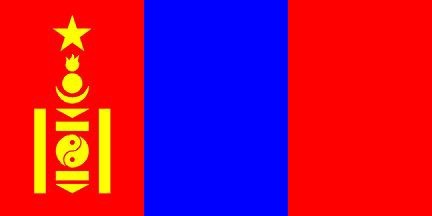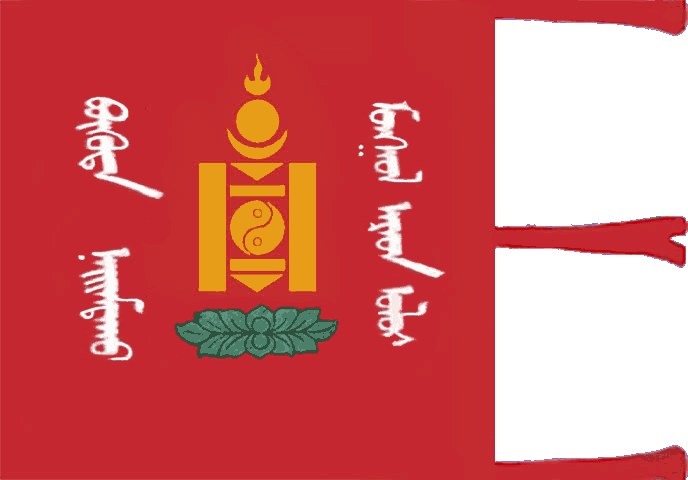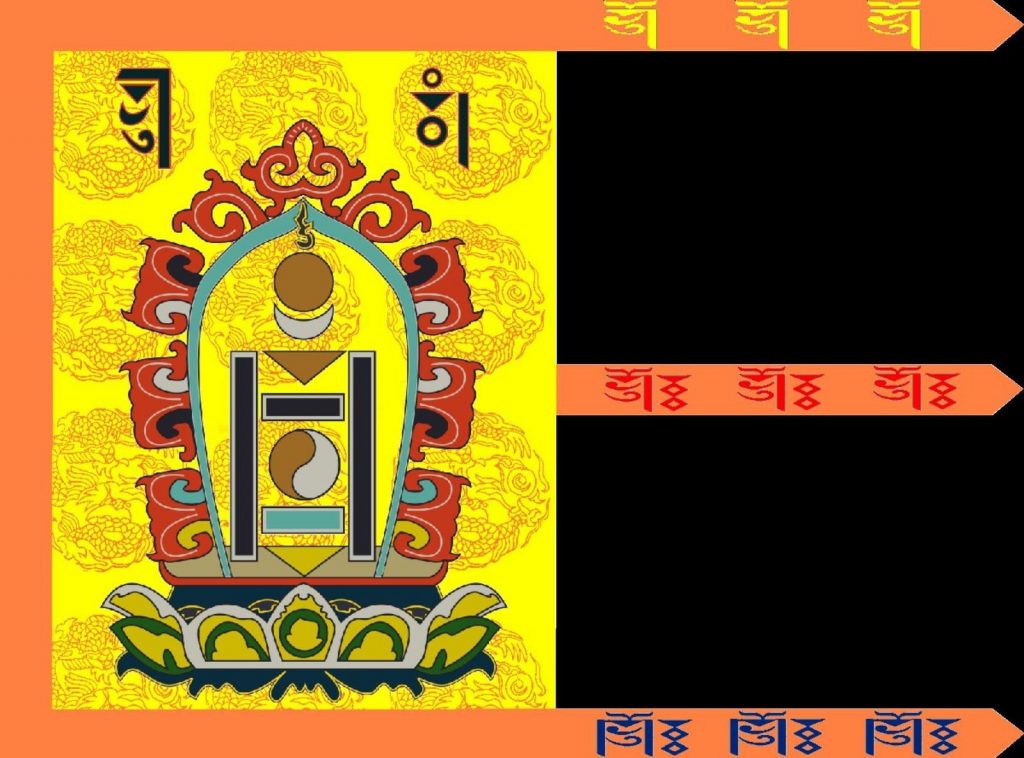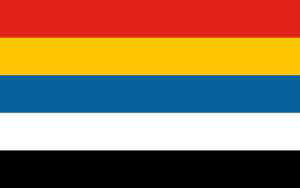Introduction
The unique and beautiful flag of Mongolia. The symbolism behind the flag is deep and steeped with tradition, philosophy, and history. It’s one of the most recognizable flags in the world for its aesthetics, yet most would never know what it’s a flag of, or to which country it belongs to. Let’s take a look!
The Flag
The flag consists of three vertical stripes of alternating red and blue, with blue in the center. On the left side closest to the hoist is the Soyombo symbol which is a symbol that consists of many meanings. Sounds confusing right? But there’s more! The Soyombo is the national symbol of Mongolia. It consists of fire, sun, two triangles, two horizontal lines, two vertical lines, and a Taijitu (Yinyang). All of these symbols relate to Mongolia’s historic and philosophical backgrounds. During Mongolia’s communist period (1945-1992) when the nation was called the Mongolian People’s Republic, a star was added on top, but then removed once communism ended. Blue stands for the endless, clear blue skies of Mongolia, while red stands for perpetual strength and life.
But let’s go back in time a bit. As we see above, the only difference between the current flag and Mongolian People’s Republic flag is the communist star at the top. During the Mongolian People’s Republic, there were many variations and changes up until 1945, some containing the Soyombo, while others did not.
In the picture above, we see the first flag of communist Mongolia, whose unique shape is modeled after the former royalist flag of the Bogd Khan. Instead, it is red, contains the Soyombo, as well as the name in traditional Mongolian script.
Now, this is the last royal flag of Mongolia that was used after the Bogd Khanate declared independence from the Qing dynasty, as a result of the military support from a White Army Russian General named Baron Roman von Ungern-Sternberg; whose questionable sanity and brutality are legendary even to this day. The black was not included, that’s just the background for the three tails of the flag.
Many do not know this, but at one time Outer Mongolia was part of the Qing Dynasty, and as the Republic of China was established, the Chinese Nationalist Army occupied and reclaimed Outer Mongolia. The flag above is a long forgotten flag, but was the original flag of modern China known as the “Fiver Colors” Flag, representing Five Races. There are 56
ethnic groups, but of course you can’t have 56 stripes on a flag. They somehow crammed them into five as listed:
Red: Han Chinese Yellow: Manchu Blue: Mongolian
White: Hui, as well as other Muslim groups Black: Tibetans
The occupation was temporary because, as I mentioned before, the monarchist forces led by Baron Ungern-Sternberg wreaked havoc for them until the Bolsheviks won the Russian Civil War, thus putting Mongolia under the Russian sphere of influence. Overall, from monarchy to communist state, to the current republic, the Mongolian flag has changed and adapted its vexillology to its circumstances and continues its historical legacy


